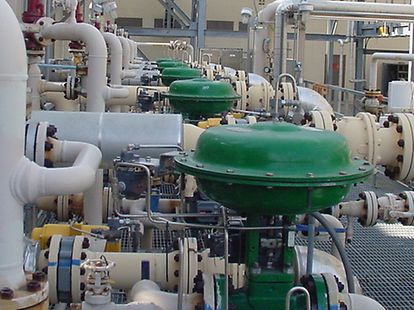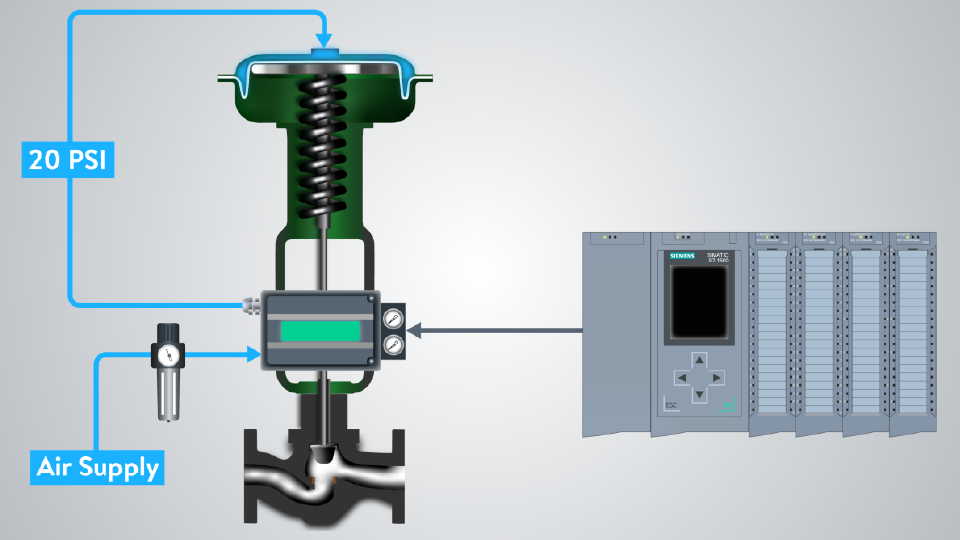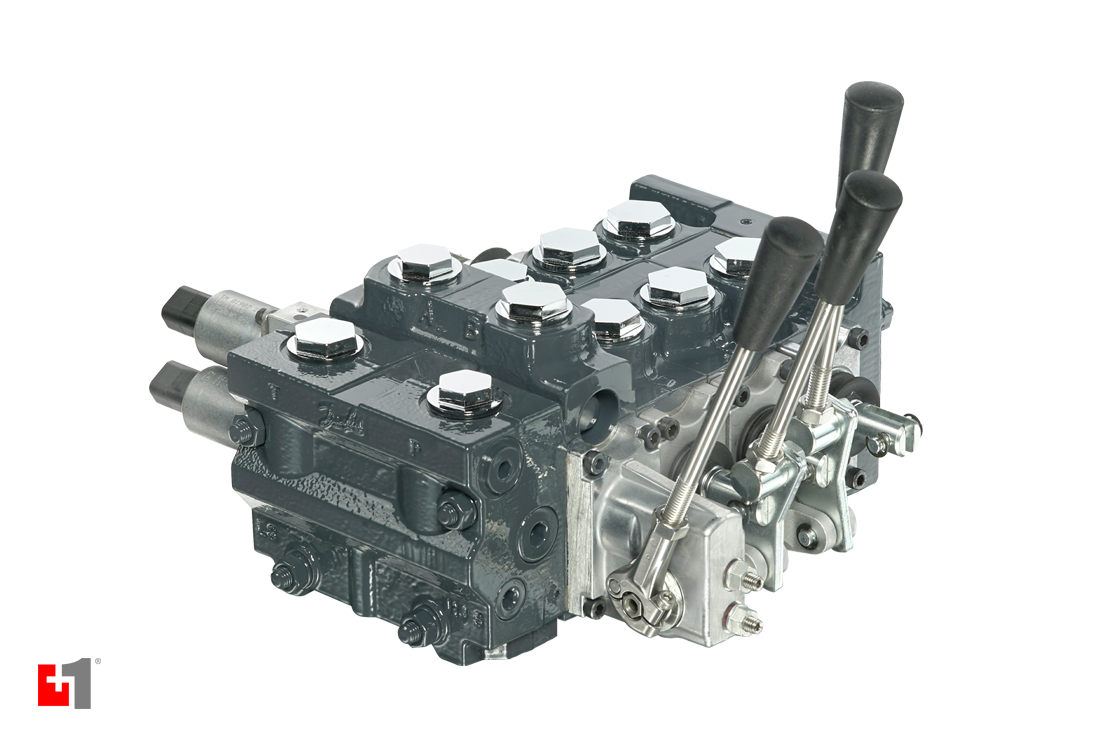Efficient Control Valves: Trick Parts for Reliable System Administration
Efficient Control Valves: Trick Parts for Reliable System Administration
Blog Article

Maximize Energy Cost Savings and Convenience With Advanced Building Automation Controls
In the realm of modern-day architecture and facility administration, the assimilation of innovative structure automation regulates stands as a critical development. The merging of modern technology and sustainability has actually birthed a new period where energy performance, comfort optimization, and functional streamlining are no longer far-off ambitions but achievable realities. By using the power of automation, structures can adapt, respond, and advance in ways that were as soon as inconceivable. The capacity for considerable power financial savings and enhanced convenience is not just a pledge however an opportunity waiting to be met. This standard shift in building administration holds the crucial to opening a world where environmental conscientiousness and resident health harmoniously exist together within the wall surfaces of our frameworks.
Power Performance Benefits
Energy effectiveness benefits can substantially lower energy usage and operational expenses in structures. Energy-efficient systems, such as advanced building automation controls, can maximize the use of resources like lights, home heating, and air conditioning, leading to lower energy costs over time.
Moreover, boosted energy performance can prolong the life-span of structure devices and systems. By operating more effectively, HVAC systems, lighting fixture, and various other building components experience less wear and tear, resulting in minimized upkeep and substitute prices. In addition, energy-efficient structures typically regulate greater building worths and rental prices, providing long-term economic advantages to proprietors.
Additionally, energy effectiveness can improve owner convenience and productivity. Properly controlled indoor atmospheres with optimal illumination and thermal problems develop an even more pleasurable and helpful office, leading to improved staff member contentment and efficiency. Generally, the power efficiency advantages connected with innovative building automation controls are complex, encompassing expense financial savings, environmental stewardship, and owner well-being.
Boosted Convenience Control
Enhancing comfort control in building settings needs a sophisticated assimilation of advanced automation systems for ideal passenger well-being. By making use of advanced building automation controls, facilities can customize the indoor atmosphere to fulfill the details needs and preferences of occupants. control valves.
By incorporating these advanced controls, buildings can not just enhance convenience but additionally boost energy efficiency by optimizing system procedures based on real tenancy and usage patterns. Inevitably, focusing on passenger comfort via sophisticated automation systems leads to a more delightful and much healthier indoor environment.
Functional Efficiency Improvements

Additionally, the execution of real-time surveillance and analytics tools enables building operators to recognize energy inefficiencies and functional anomalies without delay. By continually monitoring power use patterns and system performance metrics, changes can be made in real-time to maximize power usage and make certain peak operational efficiency. control valves. Additionally, including need feedback techniques into building automation controls can additionally enhance functional effectiveness by dynamically adjusting energy usage based upon grid conditions and rates signals
Indoor Environment Optimization
Effective indoor climate optimization is an essential facet of building automation controls, making sure passengers' convenience and wellness while making the most of energy savings. By using innovative sensing units and controls, constructing automation systems can constantly monitor and readjust temperature level, humidity levels, air high quality, and ventilation to create an optimal indoor atmosphere. Maintaining regular and comfy conditions not only enhances occupant contentment yet likewise enhances productivity and overall health.
Interior climate optimization also plays a vital function in power performance. By fine-tuning heating, ventilation, and air conditioning systems based on real-time data and tenancy patterns, constructing automation controls click reference can dramatically minimize energy consumption - control valves. Executing methods such as demand-controlled ventilation and thermal zoning can assist minimize energy waste while guaranteeing that each area of the building receives the required conditioning.

Lasting Setting Production
Building automation manages not only optimize interior environment problems for power efficiency and resident comfort but likewise lay the structure for developing a lasting environment through calculated administration of resources and systems. By incorporating innovative building automation innovations, such as sensors, actuators, and intelligent software, centers can keep track of and readjust energy use in real-time to reduce waste and minimize their carbon footprint. These systems enable anticipating upkeep, identifying possible concerns prior to they escalate and optimizing tools performance to boost longevity and effectiveness.
In addition, lasting atmosphere development prolongs beyond power administration to encompass water conservation, waste reduction, and indoor air quality improvement. Building automation controls can regulate water usage, discover leaks, and guarantee proper waste disposal methods, adding to general sustainability efforts. Additionally, by regulating and keeping track of air flow and filtration systems, these innovations boost occupant health and wellness and performance while decreasing power consumption related to HVAC procedures.
Verdict
To conclude, advanced building automation manages deal considerable benefits in terms of power savings, convenience control, functional performance, indoor environment optimization, and developing a sustainable environment. By carrying out these controls, buildings can achieve optimal performance while lowering energy usage and enhancing resident comfort. It is noticeable that using sophisticated automation technology is critical in enhancing structure efficiency and producing a more sustainable future.
Power effectiveness advantages can considerably lower energy intake and operational prices in buildings. Generally, the power efficiency advantages linked with sophisticated structure automation controls are multifaceted, incorporating price description savings, environmental stewardship, and resident well-being.
Additionally, including need action approaches right into structure automation controls can better boost operational efficiency by dynamically readjusting power usage based on grid problems and rates signals.
Structure automation manages not only optimize interior climate problems for energy effectiveness and resident convenience but additionally lay the foundation for developing a sustainable atmosphere via strategic administration of Home Page systems and resources.In conclusion, advanced building automation manages deal considerable advantages in terms of energy savings, comfort control, functional performance, indoor climate optimization, and producing a sustainable atmosphere.
Report this page